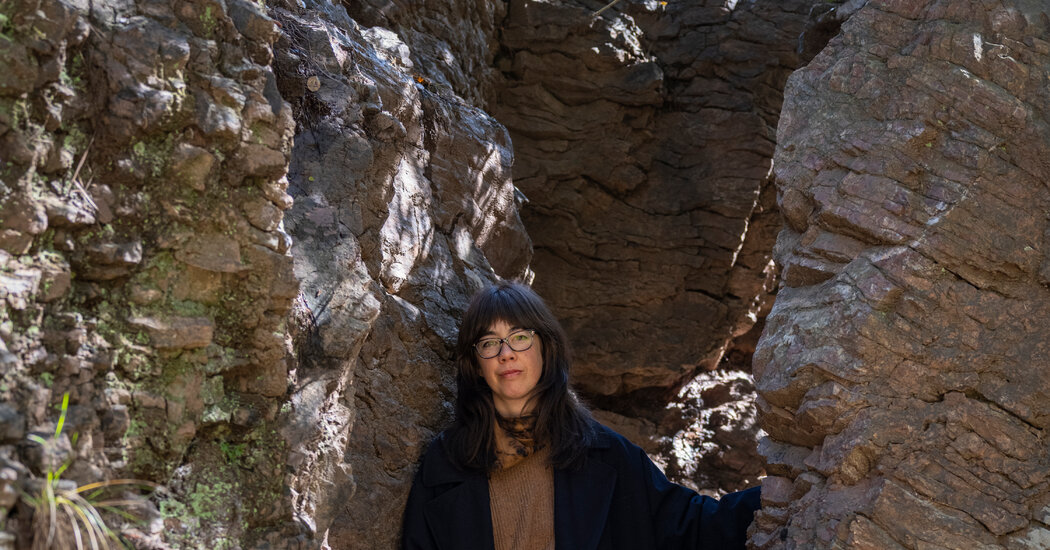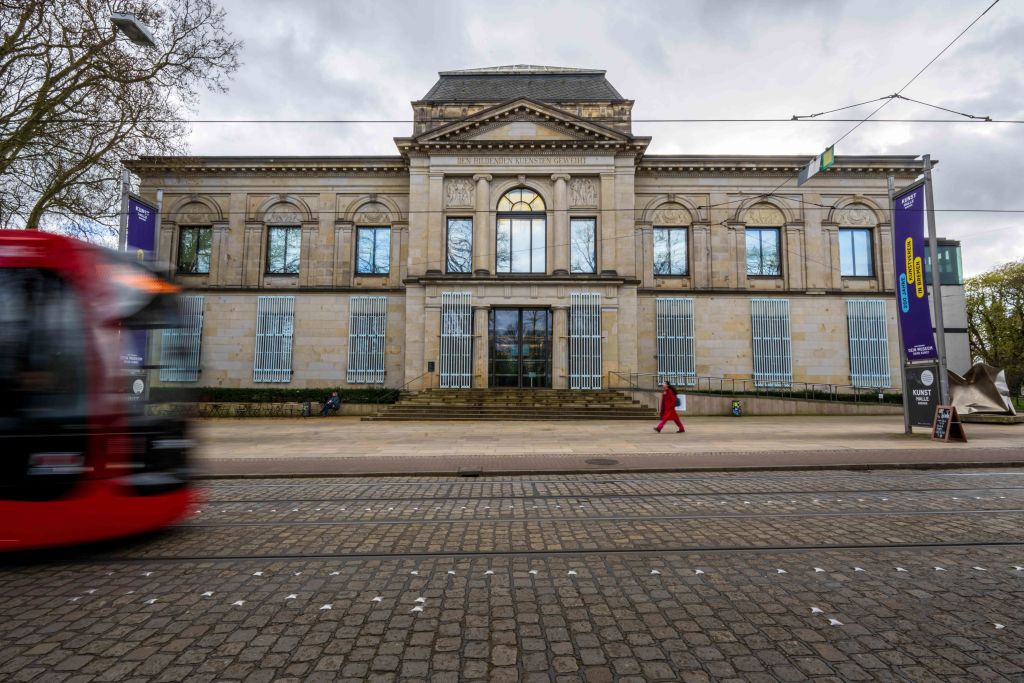“Saving Time” is an unusual book, a mix of history, philosophy and personal narrative. And while it takes on a topic that is central to work-life balance and conversations about well-being, it is not self-help. Odell isn’t trying to tell anyone what to do. She doesn’t see herself as “fixing anything,” she said, but as mapping out a societal problem.
“She’s a good teacher,” said Joshua Batson, a good friend of hers. “She wants you to have an experience, not to listen to her.”
Odell, 36, is an artist by training who taught digital art at Stanford for eight years. Her work often has an environmental focus; in one art show, she displayed refuse from the trash, sometimes pairing them with images of those same objects when they were new, along with research on where they were made. The idea was to encourage people to think about the entire life cycle of an object, she said, not just our short relationship with it. A CD player, for example, which was muddy and crushed and looked “like it had been run over by a truck,” she said, was juxtaposed with an advertisement for it in pristine condition, and information on its manufacture. She has been an artist in residence at a recycling center in San Francisco and at the San Francisco Planning Department.
“My whole vibe,” she said, “is artist in residence at weird places.”
What unites her work is an appetite for research and an attention to detail. As a small child, she said, she once played a carnival game where the goal was to guess which foil boat had an X on the bottom. Winners received a ticket to a water theme park. Odell noticed that one of the boats was shaped a bit differently, and she thought, that must be from where they picked it up.
“I got two or three tickets and they were like, ‘you can’t play anymore,’” she said. “That was an early experience of: If you pay really close attention to things in a way you’re not expected to, you may find something — in that case, valuable, but at least interesting.”



